Vertical gardening is a fantastic way to maximize indoor space while growing fresh herbs, and vegetables. This guide provides practical tips and tricks to help you create a thriving indoor vertical garden.
Whether you’re a beginner or an experienced gardener, these strategies will help you grow healthy plants in limited space.
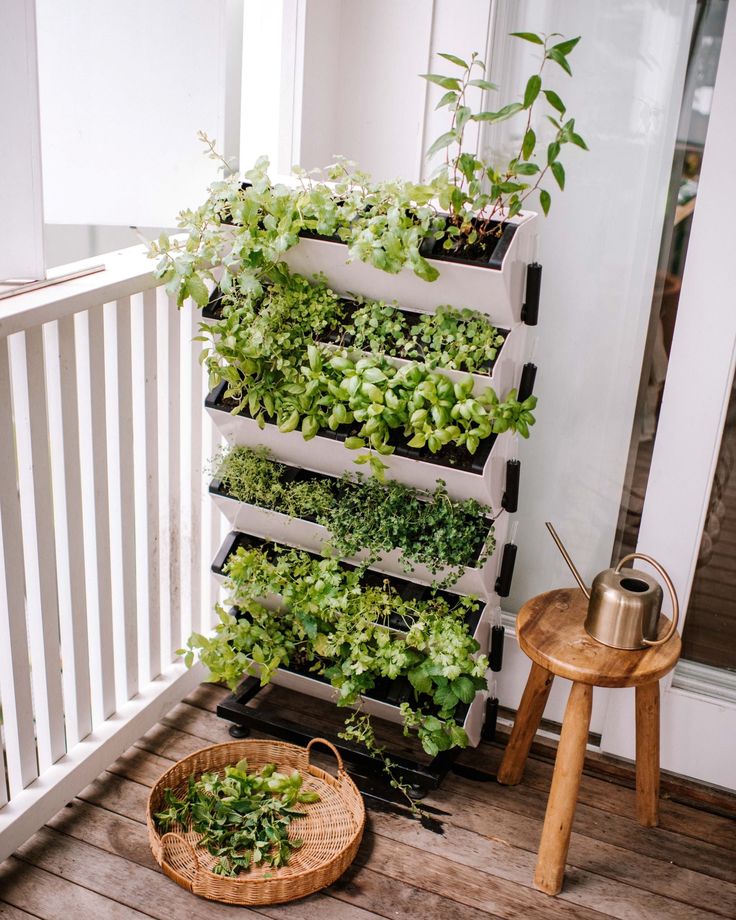
Benefits of Indoor Vertical Gardening
Vertical gardening offers numerous advantages, especially for those with limited space.
- Space Efficiency: Vertical gardens use vertical space, allowing you to grow more plants in a small area.
- Improved Air Quality: Plants naturally filter the air, improving indoor air quality.
- Aesthetic Appeal: Vertical gardens can enhance the visual appeal of your home.
- Easy Access: Vertical gardens make accessing and harvesting your plants easy.
Choosing the Right Location
Selecting the right location for your vertical garden is crucial for its success. Start by considering the light requirements of your plants.
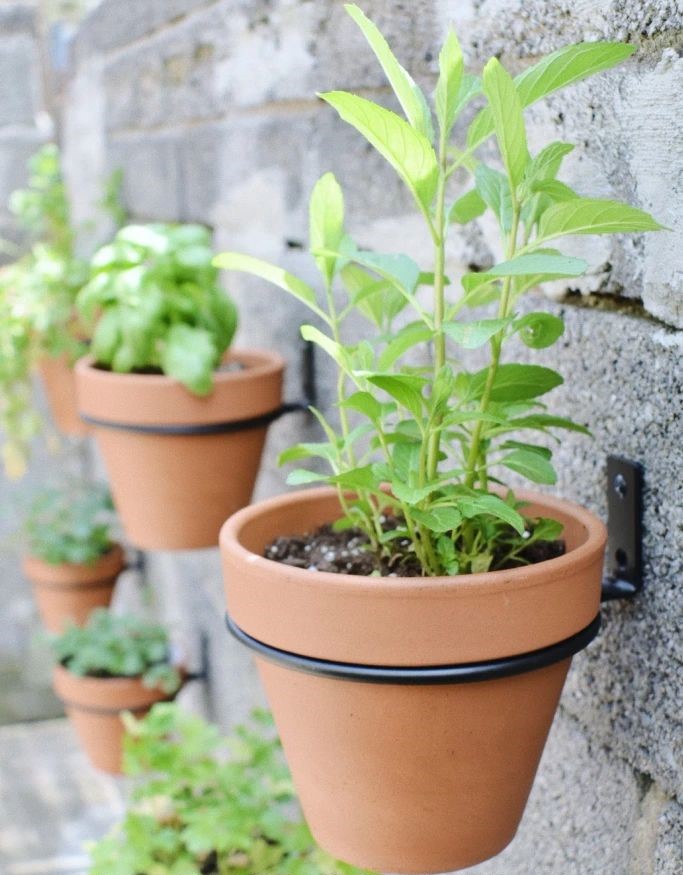
- Light: Ensure your plants receive adequate light. Most plants need at least 6-8 hours of sunlight or a suitable grow light.
- Temperature: Maintain a consistent temperature suitable for your plants. Avoid placing your garden in drafty areas or near heat sources.
- Humidity: Some plants thrive in higher humidity. Consider the humidity levels in your chosen location and use a humidifier if necessary.
Selecting Plants for Vertical Gardening
Choosing the right plants is essential for a successful vertical garden. Herbs are an excellent choice for vertical gardens. Basil, mint, parsley, and thyme are all relatively easy to grow and frequently used in cooking.
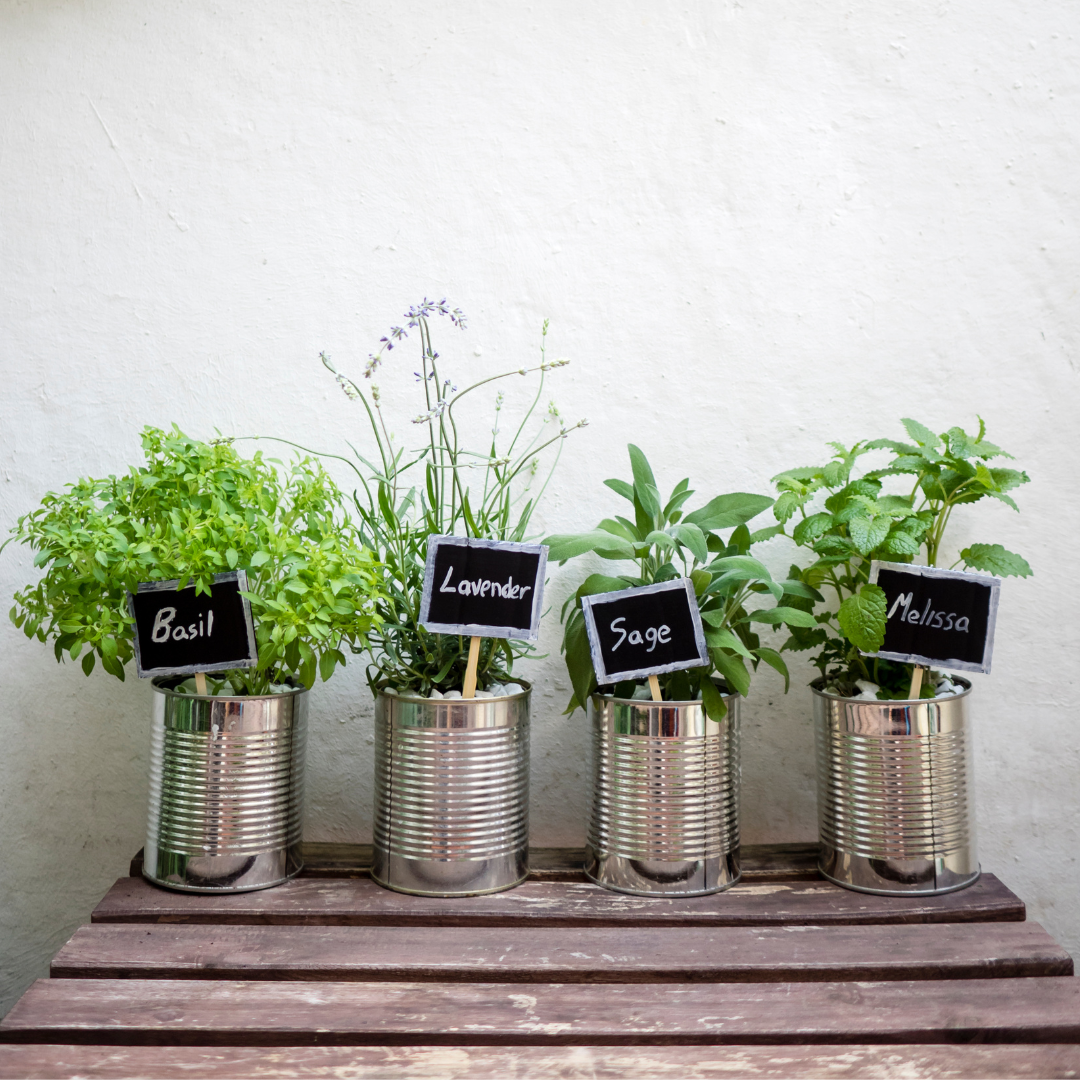
These herbs can thrive in small pots and don’t require much space.
Leafy greens like lettuce, spinach, and kale are also suitable for vertical gardens. They grow quickly and can be harvested multiple times, providing a continuous supply of fresh greens.
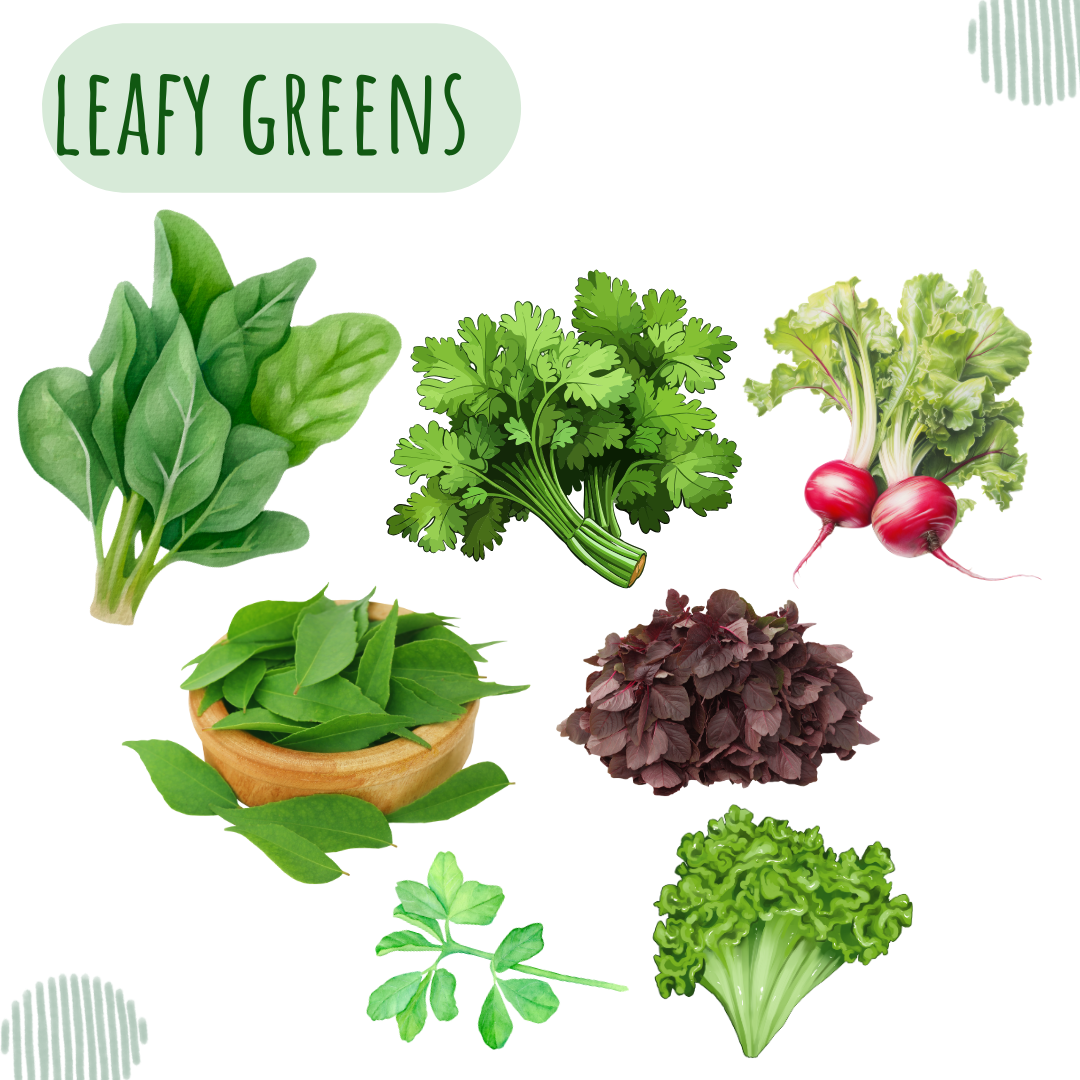
Small vegetables such as cherry tomatoes, peppers, and cucumbers can be trained to grow vertically with the right support, making them perfect for limited spaces.
Building Your Vertical Garden
There are various methods to create a vertical garden. Here are some popular options:
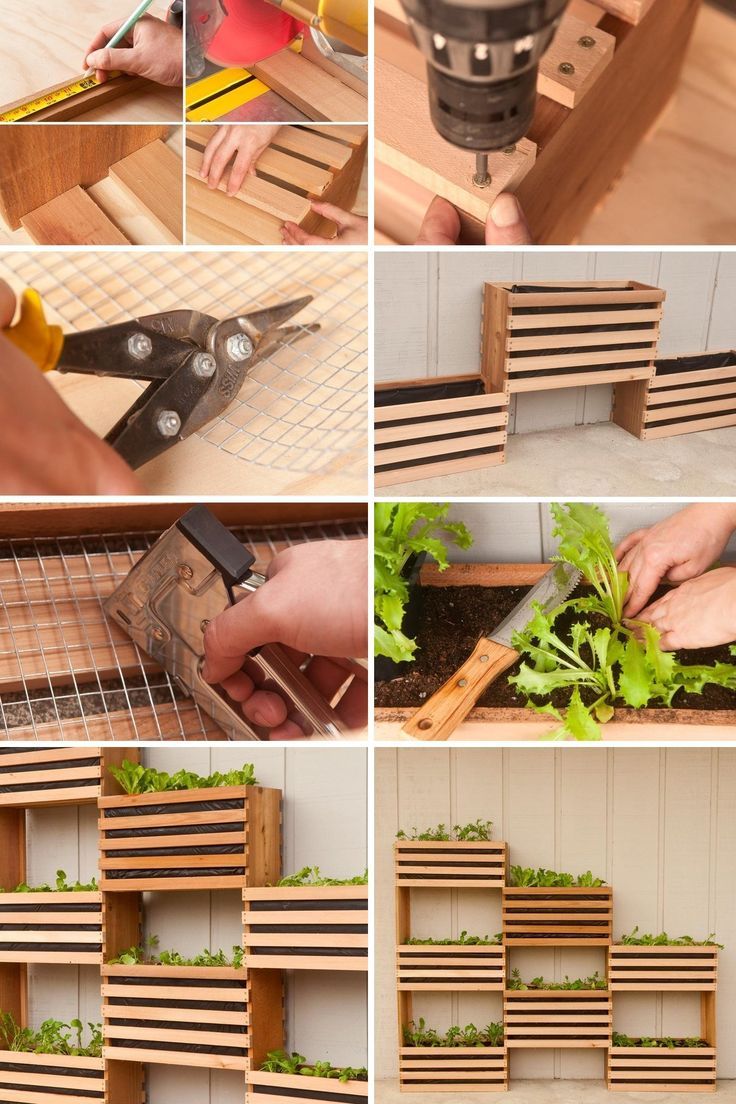
- Wall-Mounted Planters: These are perfect for small spaces. Use wall-mounted planters to create a living wall.
- Vertical Shelves: Install shelves and place potted plants on them. This method is versatile and easy to set up.
- Hanging Gardens: Use hanging pots or baskets to grow plants vertically. This method is ideal for trailing plants.
- Trellises and Supports: Use trellises or other support structures to train climbing plants to grow vertically.
Soil and Planting Tips
Proper soil and planting techniques are crucial for the health of your vertical garden. Use a high-quality potting mix that provides good drainage and nutrients.
Avoid using garden soil, as it can be too heavy and may not drain well in containers.
When planting seeds or seedlings, ensure they are planted at the recommended depth to promote proper growth.

Overcrowding can lead to poor air circulation and increased risk of disease, so space plants appropriately to allow for adequate airflow and growth.
Watering is also critical. Vertical gardens tend to dry out more quickly than traditional gardens, so regular watering is essential.
However, be careful not to overwater, as this can lead to root rot. Ensure your vertical garden has proper drainage to prevent water from pooling around the roots.
Maintenance and Care
Regular maintenance is key to a thriving vertical garden. Pruning is essential to promote healthy growth and prevent overcrowding. Remove dead or yellowing leaves and trim back any overgrown branches to keep your plants looking their best.
Fertilizing your plants is important to provide them with the essential nutrients they need to grow.

Use a balanced fertilizer according to the package instructions, and avoid over-fertilizing, as this can harm the plants.
Pest control is another important aspect of maintenance. Monitor your plants regularly for signs of pests such as aphids, spider mites, and whiteflies. If you notice any pests, treat them promptly using natural or chemical treatments as needed.
Finally, keep your vertical garden clean by removing dead leaves. This helps prevent disease and keeps your garden looking tidy.
Troubleshooting Common Issues
Even with the best care, you may encounter some issues with your vertical garden. Here are some common problems and solutions:
- Yellowing Leaves: This may indicate overwatering or nutrient deficiency. Adjust watering and fertilizing as needed.
- Wilting Plants: Wilting can be caused by underwatering or root problems. Ensure proper watering and check the roots for any issues.
- Pest Infestations: Common pests include aphids, spider mites, and whiteflies. Use natural or chemical treatments to manage pests.
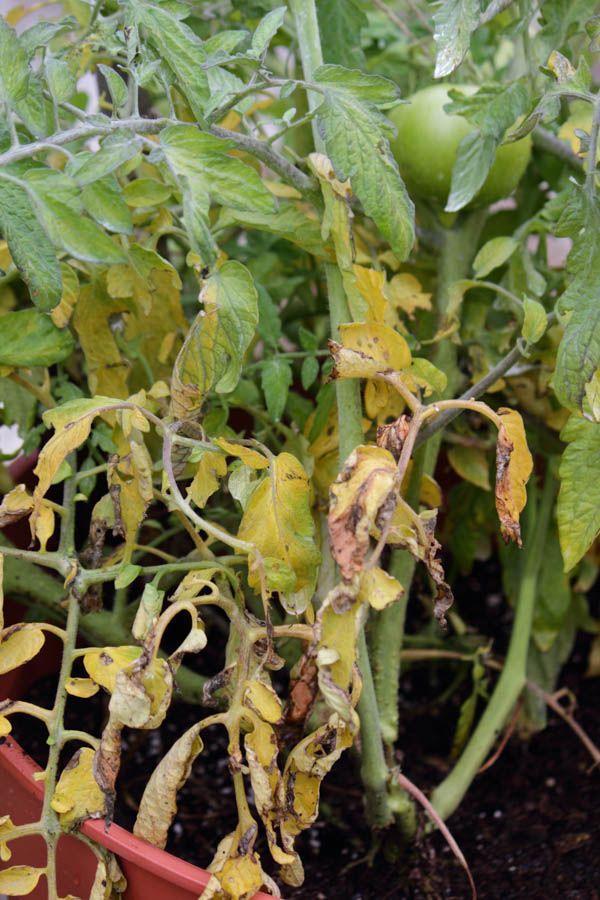
Tips for Success
Here are some additional tips to ensure your vertical garden thrives. Rotate your plants periodically to ensure even light exposure. This helps prevent one side of the plant from becoming leggy or weak.
Invest in quality materials such as pots, soil, and tools. High-quality materials support healthy plant growth and can make a big difference in the success of your garden.
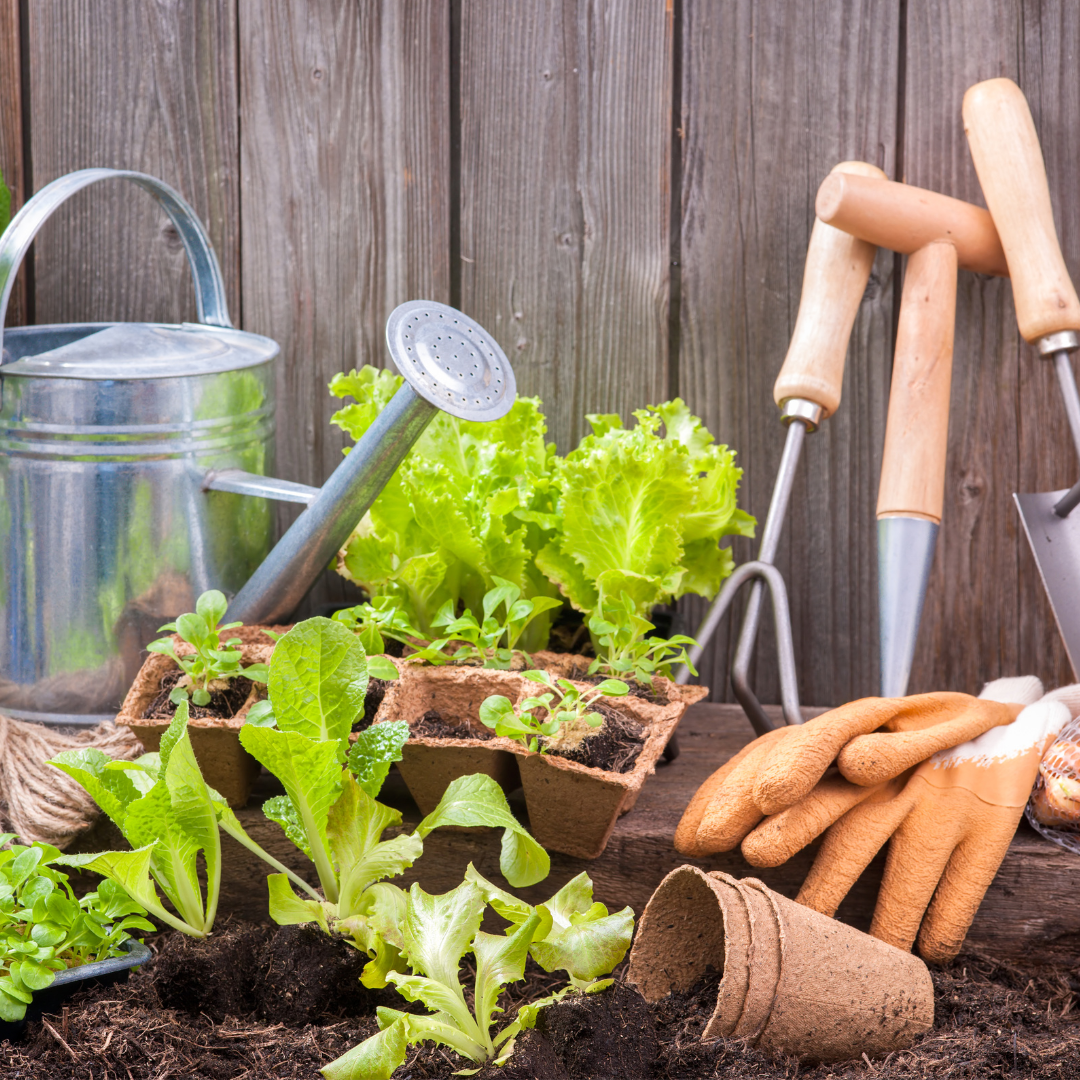
Consistency is key to maintaining a healthy vertical garden. Stick to a regular care routine, including watering, fertilizing, and pruning, to keep your plants in top condition.
Don’t be afraid to experiment with different plants and arrangements. Vertical gardening offers endless possibilities, so try new things to find what works best for your space and preferences.
Conclusion
Indoor vertical gardening is a rewarding and efficient way to grow plants in limited space.
By following these tips and tricks, you can create a beautiful and productive vertical garden in your home. Enjoy the benefits of fresh herbs, vegetables, and decorative plants while enhancing your living space.
With patience and consistent care, your indoor vertical garden will flourish, bringing greenery and joy into your home.
Happy gardening!
